Tools and resources
Find a dataset or notebook
TAIAO contains a wealth of datasets and notebooks which can be used in your own research or as a conversation starter with the TAIAO community.
To view datasets, head to the datasets page from the home page. You can use the search function to find specific datasets or select data by tags and other metadata. For example, typing in “satellite” will show you all datasets on TAIAO that contain this type of data.
To view a notebook on TAIAO, head to the notebooks page. As with datasets, you can use the search function to find specific notebooks or select specific tags/metadata.
All data and notebooks have been shared with open licenses.
Share datasets and notebooks
To share a dataset, log in to your account and head to the Workflow tab. Create a new post and select ‘dataset’ from the drop-down options menu.
When creating a post, make sure to include a description of no more than 200 words which should include information about the dataset you are sharing and why it might be helpful for other users, include a link to your dataset, the data license type, and as much relevant metadata as possible.
The datasets on TAIAO are used by data scientists, environmental scientists, researchers, and other like-minded individuals so the better the description and metadata is, the easier it will be for others to find and use your content.
When sharing content, there is a content review process which helps us to curate quality content for the platform, and your contributions will be uploaded after this process is completed.
For a step-by-step guide to sharing content, check out our CMS Guide. If you have any further questions or run into any issues have a look at the handy FAQs. Notebooks To share notebooks, follow the above steps but choose ‘notebooks’ instead of ‘datasets’ in the drop-down menu.
As with datasets, include a description of no more than 200 words about your notebook, a file or link to your notebook, an image if available, and as much relevant metadata as possible. The clearer your description and metadata is, the more likely that others will take interest in your notebook and use it.
Software

Moa
MOA is the most popular open source framework for data stream mining, with a very active growing community (blog).

Weka
WEKA (Waikato Environment for Knowledge Analysis) is an open source machine learning software in JAVA.

ADAMS
ADAMS is a flexible workflow engine aimed at quickly building and maintaining data-driven, reactive workflows, easily integrated into business processes, released under GPLv3.
The University of Waikato
University of Canterbury
The University of Auckland
Victoria University of Wellington
MetService
Beca










